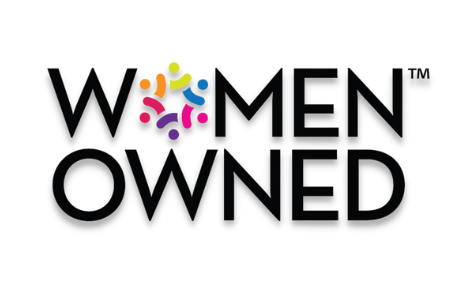Minimize Inflation Fallout by Combating Shrink in the Produce Aisle
According to a recent survey of primary shoppers by IRI (Information Resources, Inc.), inflation has a far greater grip on the nation’s food spending than COVID-19 in the current marketplace. With inflation reaching a 40-year high, the same study also found that 92% of consumers believe food prices are higher than last year. This has prompted many to closely scrutinize every expenditure – especially money spent at the grocery store. For retailers, that means combating shrink will be more important than ever before.
In grocery stores, produce shrink is nearly double the amount of shrink in other retail outlets. “Shrink” refers to the dollar value of inventory the store technically owns but is unavailable for sale. While there are a number of factors that contribute, only 36% of retail grocery store shrink comes from theft or other dishonest behavior. The majority of shrink is the result of inadequate store operations and procedures. Coupled with the fact that, historically, grocers have some of the lowest margins at 2.5%, the success of the store is going to rely heavily on a careful balance of properly trained personnel as well as effective (and closely monitored) procedures.
It’s not impossible, by any means, for retailers to turn the fresh-food category (the category which is typically the largest source of shrink in a retail store) into the most profitable. Understanding the leading causes of shrink and developing proactive strategies to prevent them will be the biggest key to success.
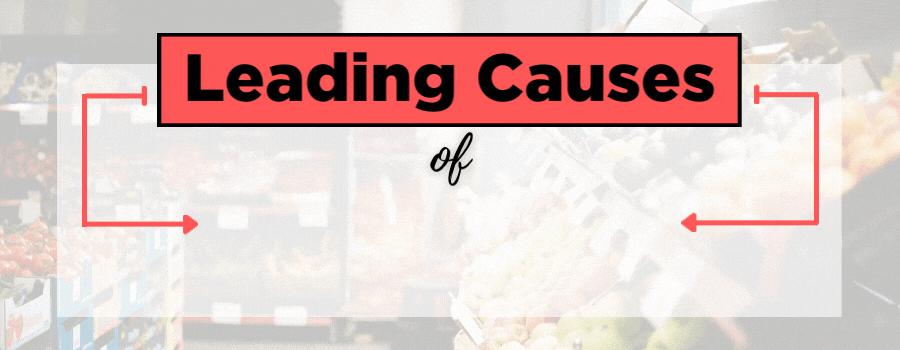
PROBLEM: In-Store Operational Issues
Incorrect signage, products not brought to the sales floor, an excess of inventory, or sub-optimal pricing strategies are just a few of the issues that can go wrong at the store level.
SOLUTION:
Even the most detail-oriented manager can overlook signage or stock issues. This is why it is important to rely upon the technological advances in inventory and sales analysis tools available today. When utilizing these tools, such as AI technology, alerts can be sent to store managers when items are not moving from store shelves. This is vital when it comes to perishable items and could make a huge difference in the bottom line. One grocer with 23 locations added $47,287 per store per year by utilizing AI technology.
Other times, the issue is less about the product placement or signage, but more about fact-based ordering. For example, Mark Vanderlinden, former vice president of produce merchandising for Price Chopper, analyzed which bakery and fresh-cut fruit items had the most shrink in 2005. Mark implemented an item-level profit analysis made with Fresh Market Manager category management software (made by Park City Group). The software found that 379 of the company’s 1,500 fresh bakery SKUs had a negative impact. These products were identified as slow or non-moving SKUs taking up valuable shelf space. As a result of their findings, they cut 680 items and reduced shrink by $2 million while producing a 3% increase in sales the first year after implementation. This is just one example of how fact-based ordering can simultaneously reduce shrink, increase availability, and allow for fresher products.
PROBLEM: Improperly Trained Personnel
When employees are thoroughly trained, they are valuable assets in the battle against shrink.
SOLUTION:
From implementing loss prevention methods to understanding the many nuances of the product being stocked, properly trained personnel can positively impact the bottom line. One European chain found a significant reduction in shrink after offering special training to their employees which taught about the different maturation rates of produce, and that stable items should not be stocked on the same shelf as fragile items (such as peaches).
PROBLEM: Errors at Checkout
Organic and conventional produce looks exactly the same.
SOLUTION:
GS1 Barcoding was first introduced in 2001 to meet the emerging business needs of the time. The Perishables Group (now: Nielsen Perishables Group) worked in conjunction with the UCC, or Uniform Code Council, to quantify the costs and benefits of RSS in perishables (RSS stands for Reduced Space Symbology). However, that title was retired several years later. It is now universally referred to as the GS1 DataBar barcode.
After conducting in-store evaluations of barcodes on perishable items, The Perishables Group found the end result to be annual operating savings at retail of over $2.32 million in produce for an average 100-store chain. As of June 2011, GS1 DataBar is the mandated barcode type for retail coupons in the U.S. and is widely recognized as the single most beneficial tool in reducing errors at checkout. From a reduction in Point-of-Sale transaction times to enhancing Computer Assisted Ordering processes, the benefits of GS1 DataBars reach far beyond the limited information provided by PLU codes. Their published findings show that gross margins increased due to accuracy with scanning versus PLU entry. Specifically noting that cashiers often memorize PLU codes and sometimes make mistakes or do not read the PLU sticker, assuming that the product is conventional when it is organic and enter the wrong code.
When scanning produce with a barcode, there is no mistaking the item number, type (organic vs. non-organic), or price calculation (weight vs. counting), making this a simple yet extremely effective tool in the battle against shrink.
Stay Ahead of the Inflation Fallout
By combating shrink in the fresh produce category through the utilization of proper management software for ordering, properly training personnel, and streamlining POS with GS1 DataBar barcodes, retail superstores can minimize the effect inflation will have on the bottom line in the years ahead.
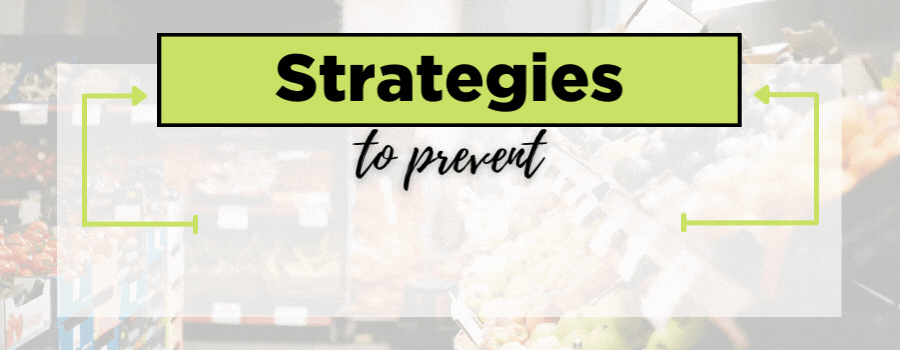
Produce labeling is a snap with ProTape® 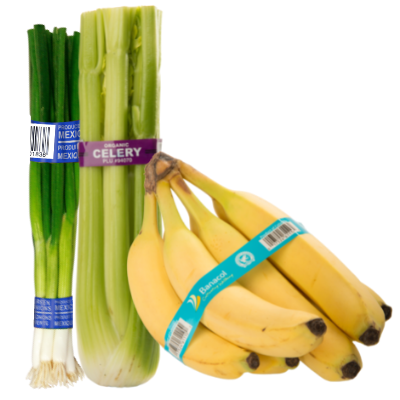
Specially designed for produce bundling, ProTape® gives you the added benefit of barcoding. It is available in standard and custom designs.
All custom designs give you the ability to add your name and/or logo to enhance the quality of your branded item.
Both Standard and Custom ProTape®
- Sticks only to itself
- Easily opens and reseals for trimming at the store level
- Includes a scannable barcode for ease at checkout
- Is FDA compliant for direct food contact
Want to learn more about ProTape®? Visit our entire line of products for produce, floral, and grocers. Have questions? Fill out our contact form and someone will be in contact with you soon!
